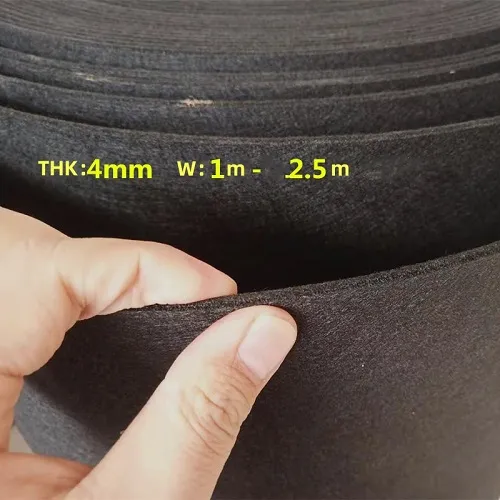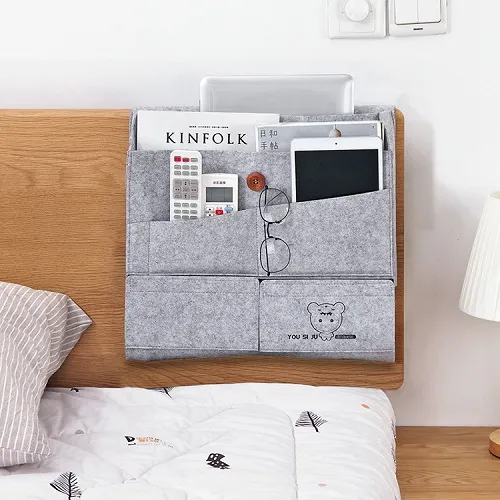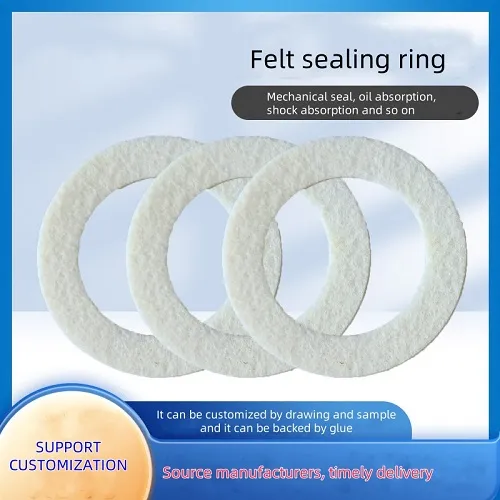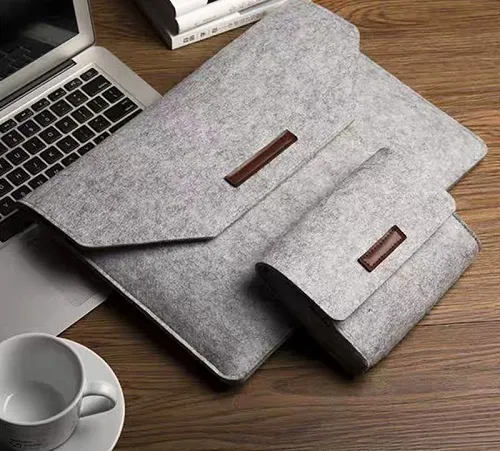Exploring the Versatility and Applications of Felt Material in Various Industries
Exploring the Versatility of Felt Material
Felt, a textile made from interlocking fibers, has a rich history that dates back thousands of years. Its unique creation process, involving the matting, condensing, and pressing of wool or synthetic fibers, results in a dense and durable fabric. While many may associate felt solely with arts and crafts, its versatility extends far beyond simple DIY projects. In this article, we will delve into the various applications and benefits of felt material, showcasing why it remains a popular choice in a multitude of industries.
One of the principal characteristics of felt is its ability to absorb sound. This quality makes it an excellent material for soundproofing. It is commonly used in theaters, recording studios, and offices to reduce noise levels and enhance acoustics. By lining walls and ceilings with felt panels, one can achieve a quieter environment, making it ideal for both creative and professional settings.
Felt is also renowned for its thermal insulation properties, making it a valuable material in construction and home decor. Its structure traps air pockets, which act as insulators, helping to maintain temperature and reduce energy costs. This makes felt an attractive option for eco-conscious builders looking to enhance energy efficiency in their projects. Additionally, felt can be found in various forms, such as rolls, sheets, and tiles, allowing for flexible application in both residential and commercial spaces.
In the world of fashion and accessories, felt has carved out a niche for itself. Its malleability and unique texture allow designers to create innovative garments and trendy accessories. From felt hats to handbags, the material's aesthetic appeal makes it a favorite among fashion enthusiasts. Moreover, felt can be dyed in a multitude of colors, allowing for creativity and personalization in design.
felt material
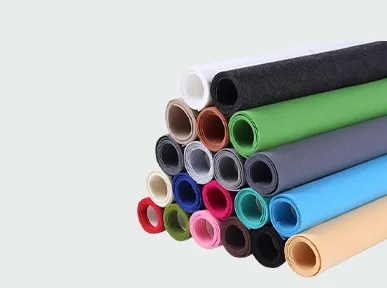
One of the most intriguing uses of felt is in education and childhood development. Felt boards, often found in classrooms, provide a tactile learning experience for children. They can be used for storytelling, teaching shapes, colors, and even mathematics. The engaging nature of felt helps capture children's attention while fostering creativity. Many parents also use felt for crafting projects, creating toys and games that inspire imaginative play.
Additionally, felt material has found its way into the technological realm. Its insulating properties make it an ideal choice for protecting delicate electronics. Felt can be used to create sleeves or cases for laptops, tablets, and smartphones, offering both protection and style. Furthermore, its durability ensures that it can withstand the wear and tear associated with daily use.
Felt's eco-friendliness sets it apart in today's market. As sustainability becomes increasingly important, felt stands out as a natural choice, particularly when made from wool or recycled fibers. Its longevity means that products made from felt can have a reduced environmental impact compared to those made from synthetic materials that may not decompose as easily.
In conclusion, felt material is a remarkable and versatile textile that serves numerous purposes across various industries. From soundproofing to fashion, education, and technology, its unique properties and eco-friendly nature make it a valuable asset. As we continue to explore the potential of felt, it is clear that this ancient material is far from being obsolete; instead, it remains a contemporary choice for innovation and creativity in our modern world. Whether you are a designer, an educator, or simply a craft enthusiast, felt offers endless possibilities waiting to be discovered.
-
What Makes Felt a Great Choice?NewsNov.19,2024
-
Total Mixed Ration (TMR) Feed for CattleNewsNov.19,2024
-
The Ultimate Guide for Felt Polishing WheelsNewsNov.19,2024
-
Industrial Felt for Various ApplicationsNewsNov.19,2024
-
Felt Makeup Bags and Inserts BagsNewsNov.19,2024
-
Choosing the Right Hotel TowelsNewsNov.19,2024
-
Your Go-To Guide For Affordable Wholesale Wool FeltsNewsOct.31,2024



